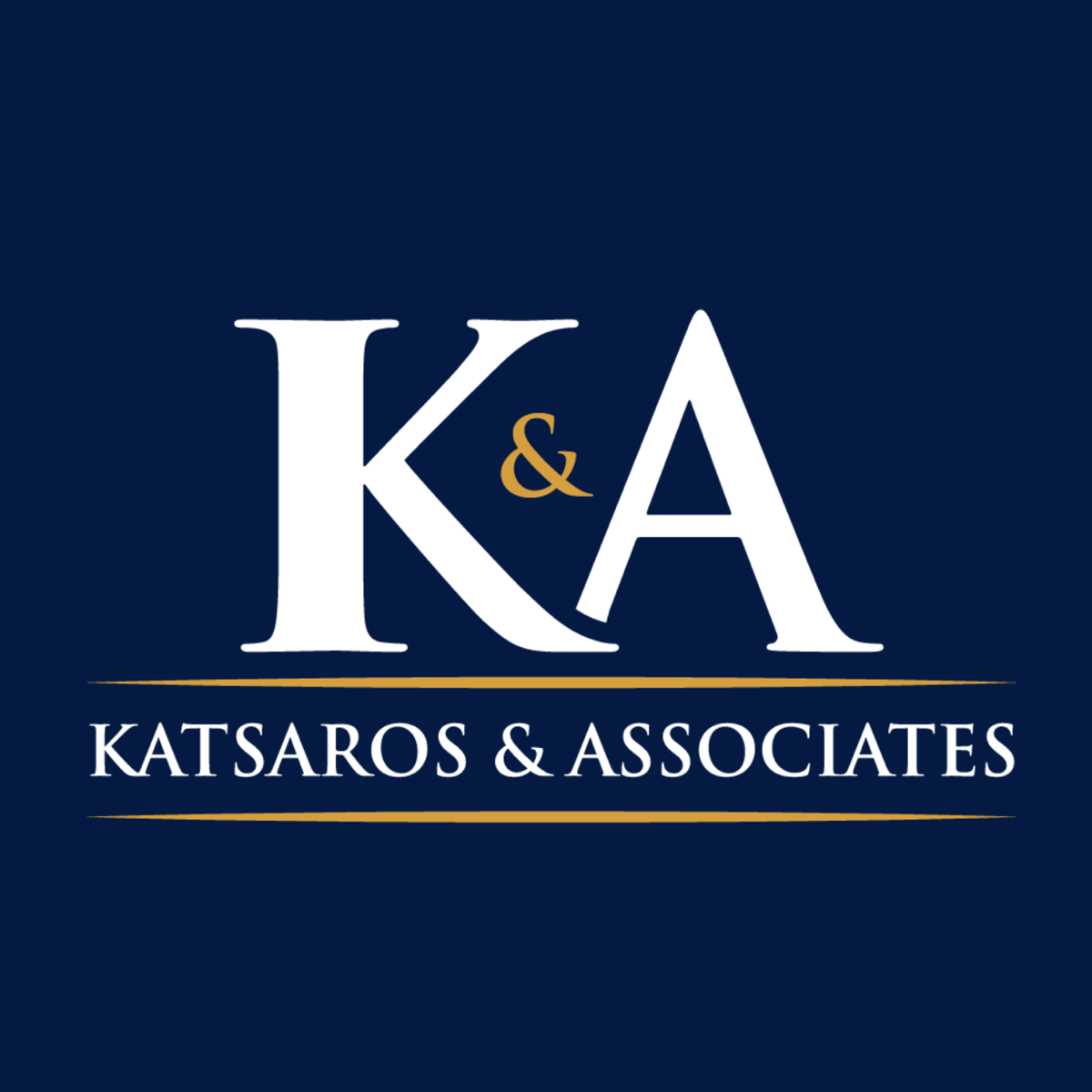Australia is set to revolutionize its skilled migration system with the introduction of the Skills in Demand Visa, which will replace the current Temporary Skill Shortage (TSS 482) Visa by the end of 2024. As immigration lawyers (located in Melbourne), we’re excited to break down these changes and explain what they mean for both employers and prospective migrants.
A New Three-Tiered Approach
The new visa system introduces a more flexible, earnings-based approach with three distinct pathways:
1. Specialist Skills Pathway
- Designed for high-income earners (minimum $135,000 annually)
- Ultra-fast processing with a 7-day median timeframe
- No occupation list restrictions (except for trades, machine operators, drivers, and labourers)
- Perfect for executives, senior managers, and specialized professionals
2. Core Skills Pathway
- Aimed at mid-level skilled workers
- Minimum annual earnings of $70,000
- Based on a regularly updated Core Skills Occupation List
- Expected to be the most commonly used pathway
3. Essential Skills Pathway
- Specifically designed for crucial sectors facing workforce shortages
- Targeted at positions with annual earnings under $70,000
- Initial focus on aged care and disability sectors
- Enhanced regulatory oversight and union involvement
Key Improvements Over the Current System
The new visa brings several significant advantages:
- Longer Validity: All streams offer up to 4-year stays
- Enhanced Flexibility: Visa holders get 180 days to find a new sponsor if they change jobs
- Streamlined Processing: Target median processing time of 21 days
- Simplified Labor Market Testing: Extended validity period from 4 months to 6 months
What This Means for Employers
Employers will benefit from:
- More straightforward sponsorship processes
- Access to a wider pool of international talent
- Greater retention potential through improved visa conditions
What This Means for Migrants
For skilled workers considering Australia:
- More flexibility to change employers
- Better job security with longer visa duration
- Multiple pathways to permanent residency
- Faster processing times
- Clearer understanding of eligibility based on earning potential
Looking Ahead
These changes represent a significant shift in Australia’s approach to skilled migration, focusing on salary levels and market demands rather than rigid occupation lists. The new system promises to be more responsive to economic needs while offering better protections and opportunities for skilled migrants.
Contact the best Immigration Lawyers in Melbourne if you have any questions as we approach the implementation date. Our team of Immigration Lawyers in Melbourne are here to help you navigate these changes and determine the best pathway for your situation.
Note: This information is current as of our latest update. Immigration policies can change on a regular basis.


